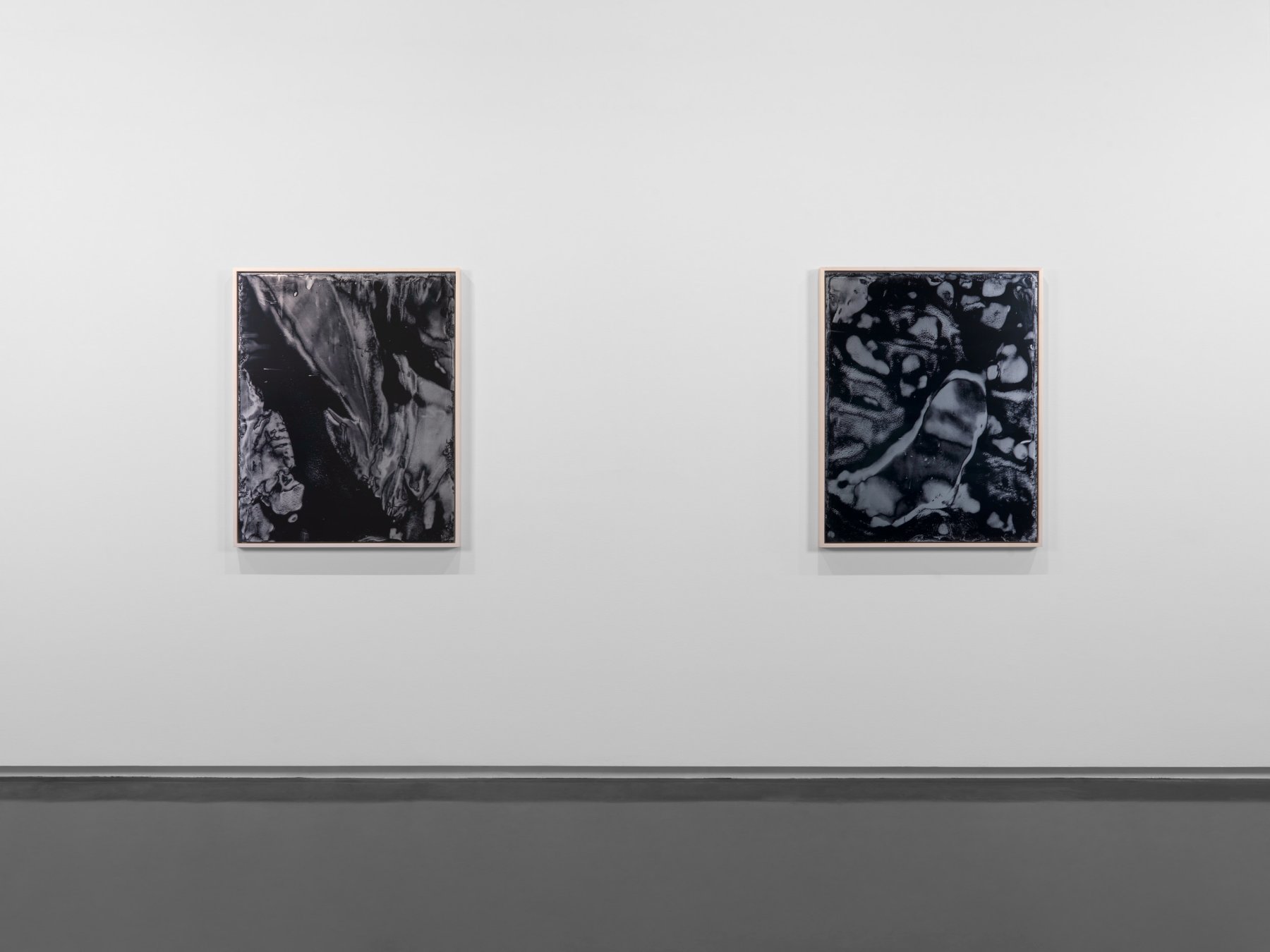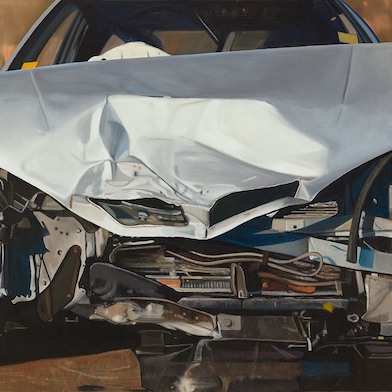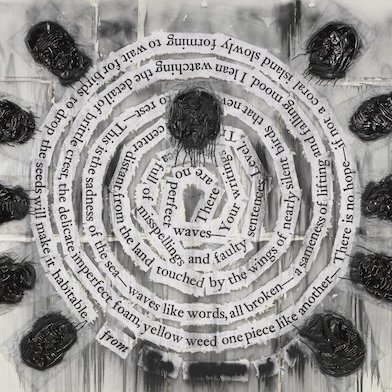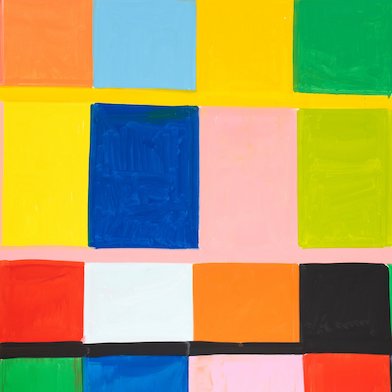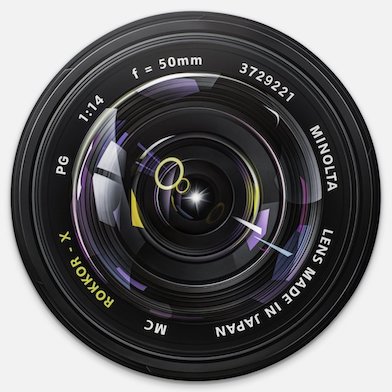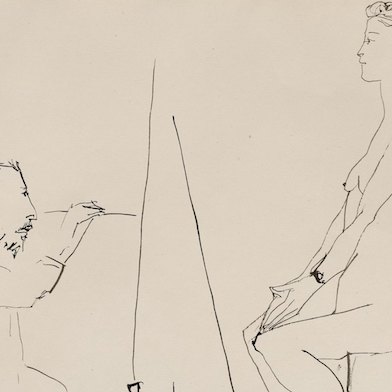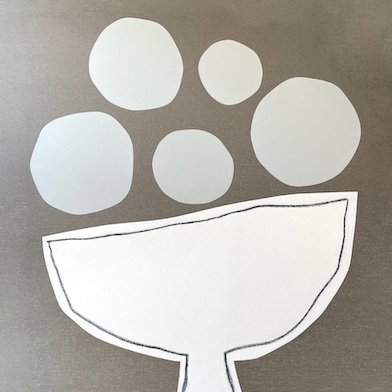Open: Mon-Sat 10am-7pm, Sun 12-6pm
Visit
Casey Reas: Wet and Saturated Process
Unit, London
Wed 24 Apr 2024 to Sat 25 May 2024
3 Hanover Square, W1S 1HD Casey Reas: Wet and Saturated Process
Mon-Sat 10am-7pm, Sun 12-6pm
Artist: Casey Reas
Art and alchemy meet in equal measure for Casey Reas’ first solo exhibition with Unit, Wet and Saturated Process. Featuring a variety of media, spanning generative software to a number of highly-technical prints produced in collaboration with Erika Weitz, the exhibition reveals novel approaches to understanding the intricacies of both the natural and synthetic worlds.
The exhibition invites viewers to consider how machine-learning, much like photography, has the potential to recalibrate our relationship with reality. Understood through Vilém Flusser’s notion of the “technical image”, explored in Towards a Philosophy of Photography, Reas follows a tradition of artists working with technology to expand upon the repertoire of forms found in nature. Rather than neutral representations, Flusser contends that “technical images” are shaped by the mechanics of the devices used to construct them. Each artwork in Reas’ exhibition derives from a machine-learning model trained on scans of organic plant material, developing our understanding of the natural world by offering a “technical image” for our data-driven age.
This idea can be observed most clearly in Reas’ Technical Images. Working with Erika Weitz, an expert in 19th-century wet-plate collodion photography, Reas transforms his machine-learned images into analogue, tactile abstractions. Invented in 1851, wet-plate collodion photography involves coating a metal plate with photosensitive solutions before inserting it into a camera and exposing the plate to light. Directing the camera at his digital images, meticulously detailed monochromatic impressions materialised on the plates. Set against velvet backed frames, these 4 x 5” richly textured works embody Flusser’s notion of the “technical image”: a depiction of reality complicated across a range of systems, bridging our material and immaterial worlds through automation and handmade creation.
Amongst Reas’ other influences is Anna Atkins, who published the first book of photography in 1843. Photographs of British Algae is composed entirely of cyanotypes, another early photographic process that relies on light and chemical reactions to create striking cyan-blue impressions. Although intended as a factual record, Atkins’ book set the stage for how scientific imagery could be presented artistically through print, an approach that reverberates throughout Reas’ exhibition.
While Technical Images leave viewers to discern which details originate from the digital realm and which are analogue products, other works focus on revealing a distinction between the two. In Amplified Technical Images, Reas used computer graphic tools to emphasise luminosity and pixelation. In contrast, artefacts of the analogue are explicit in RGB Technical Images. For these, Reas and Weitz deconstructed a machine-learned image into three color channels, created a collodion wet-plate for each and scanned them back into the digital space to be reassembled on screen. Blending image data as one would paint, Reas identifies similarities between digital and analogue ways of working, accentuating their evocative painterly materiality in the finalised image.
Returning to the digital realm, Earthly Delights 3.1 is the artist’s third series working with generative, machine-learning software. Referencing Stan Brakhage’s film, The Garden of Earthly Delights, these works are characterised by rapid cuts between abstract images of the natural world. Through a custom software, a set of fixed frames is continually arranged and rearranged, offering a decidedly contemporary cinematic experience. Unfolding unpredictably in real time, Earthly Delights creates the impression of a living, evolving artwork that is never at rest.
Process Compendium (X-N) is a collection of artworks crafted entirely through code with origins dating back twenty years. Rather than training a machine-learning model on scans of organic matter, Reas constructed rules and parameters for an algorithm to follow, creating a system with endless possibilities for unpredictable emergence. A fusion of artistic vision and computational randomness, their kaleidoscopic patterns bear a striking resemblance to nature, despite being wholly separate from it. While distinct, Process Compendium, like all the works in Reas’ exhibition, are products of a technical system and offer yet another avenue to explore our reality.
Whether working with code or an analogue camera, Reas explores the impact of technology on our perception and understanding of the world. At once both organic and synthetic, his artworks speak to the nuances of machine-led creativity, while shedding light on the synergetic relationships that exist between the natural and the man-made.











